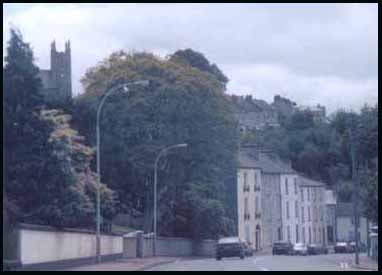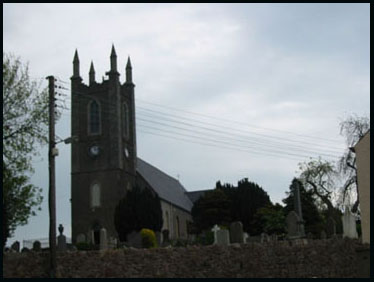|
Ros
Davies' Co.
Down, Northern Ireland Family History Research Site
© Rosalind Davies 2001 Permission granted to reprint research for non-profit use only |
Newry Parish
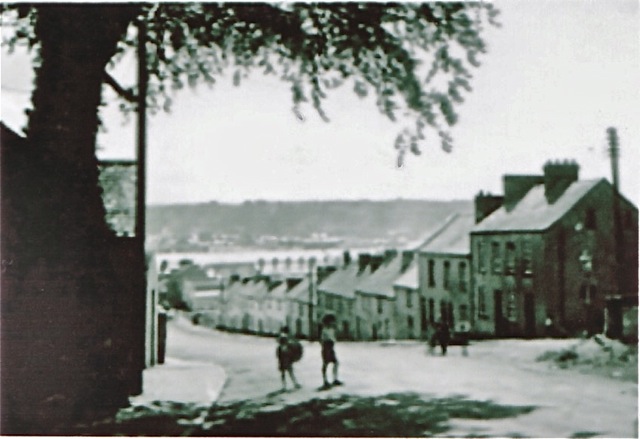 |
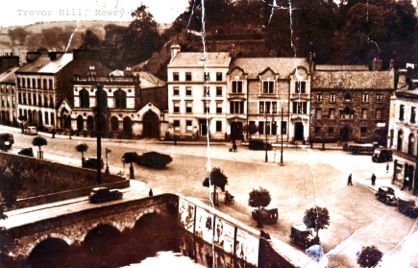 |
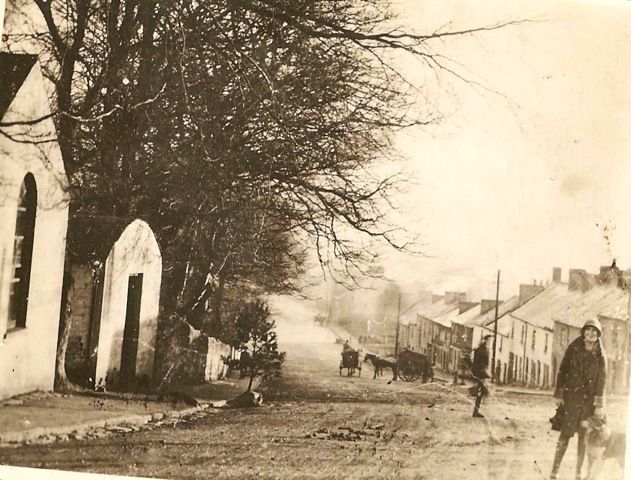 |
| These lovely old photos were kindly send by Trish H... . Her grandmother's family lived in Newry (Magher & Shields). On the left is the top of Monaghan's Row (in the Co. Armagh side of the town) looking over to the main part of town. In the middle is a postcard from the 1950s showing the bridge over the canal & on the right is another view looking down Monaghan's Row. | ||
|
The history of Newry is long with a small castle built by the English to guard the crossing of the river. A Cistercian abbey was built in 1157 in what is now Castle Street, by Maurice MacLoughlin, King of Ireland, dedicated to St. Mary and St. Patrick, unfortunately the abbey and library were burnt down in 1162 but after that the abbey flourished until the reign of King Henry 8th who changed it into a collegiate church. Sir Nicholas Bagnal, Marshal of Ireland, was granted a patent and rebuilt the town and cut into the spire of a church the Bagnal arms and the date of 1578. The patent granted to Arthur Bagnall Esq. in 1613 give him and his heirs the town of Newry with all the demesne lands of the dissolved monastery, manor, lordship, castles, the Mournes and island in the sea, the manor of Carlingford, customs rights and anchorage. It also granted Newry a market place. Newry was reduced to a very ruinous condition in the rebellion of 1641 by the forces of Sir Con Magenniss and was retaken by General Robert Munroe in 1642. Newry was burned by Duke of Berwick in 1689. The Bagnal family enjoyed the income from the Newry estate and by 1715 it was divided and some parts given to his sons-in-law, Robert Needham and Edward Bayly. The Newry Canal was built in 1740 and made the town very wealthy. By 1756 there were 2,430 people living in Newry and by 1821 there were 3,015 dwelling houses. In 1819 the value of its exports was valued at £1,032,579. Dean Swift wrote of Newry that it had " A high church and low steeple, dirty streets and proud people". In 1836 it was described as being commercial in character with the only manufacture being leather ( 13 tanyards) and tobacco. There was a large distillery with three breweries for the manufacture of porter, ale and beer of good quality. There was a fancy needlework factory; the markets were held every Tuesday, Thursday and Saturday and two fairs a year. Three coaches passed through Newry on their way between Dublin and Belfast. Steamboats plied their trade between Newry and Liverpool and the Canal, which was built in 1731, encouraged other trade as well. The population then was 13,500. The town's population in 1841 was 1255 people and the proprietor was Earl of Kilmorey (Needham) in 1852. By then there were large & well-built warehouses; several corn amd flour mills; two breweries; 10 tan yards; one distillery; 2 coach & cart makers; an iron & brass foundary and a shovel & spade manufacturer. There was also linen, yard, cotton, salt, iron, glass & cordage manufacturers. The Union Workhouse was opened 16 Dec 1841. (POD) The Post Office Directory of 1886 says that there were 7 tanneries in town operated by different owners; 2 iron founderies; 2 mineral water factoris; 1 salt factory; cabinet furniture manufacturing ; steam stone polishing works ; a brickworks; rope making factory ; a stone quarry; an apron & handerkerchief hemstitching factory and 5 flour mills (3 of them very large), 3 for spinning and 2 for weaving. The population in 1910 was 12,405 people. (POD) Note: Needham Place is today called John Mitchel Place, Queen Street is now Dominic Street and Needam Street is now called Patrick Street.. Newspaper articles from Northern
Star; Newspaper articles from Down
Recorder; Newspapers being published in town in 1881 were Newry Reporter, Newry Standard & Newry Telegraph (POD) Email me for a copy of maps of Newry
town dated 1760 and 1836 (OFN p vi; OSM) Try this website if you're
researching in the Newry area as it contains valuable information http://www.bagenalscastle.com/ancestry/index.htm
|
|
| Army units stationed in Newry according to marriages in Newry Church of Ireland Registers in LDS Library Film #259218 (ref;Gordon Rose FTM 8/2005 p68) & Catholic Registers www.registers.nli.ie | |
|
1799; 31st Regiment of Foot; 6th Dragoons |
1850; 9th Regiment of Foot ; 44th Regiment of Foot;2nd Queens
Regiment 1860; 86th Regiment of Foot 1870; 18th Regiment of Foot; 16th Regiment of Foot |
| References; MSWAG p 40; POD; NS; V3 p 61-113; V 17 p 120, 129 & V 12 p 101 OSM; DR; OFN p ix, x, xi; PNNI V1 p 3,41; MO 5/8/2009 p6; DDPP p2;POD; LR 2011 p82; PR | |
|
The original church erected on this site is said to have been the first church for Protestant worship in Ireland. The Down Survey of 1700 quotes an inscription saying that the older church was built in 1578 by Sir Nicholas Bagnall, Marshall of Ireland. The old church was demolished in 1641 with a wall and steeple only remaining. It continued in this ruinous state till after Restoration, when one half was repaired. About 1720 the other half was repaired and in 1729 the roof was taken off and the walls raised another 2 metres to make room for a gallery. When St. Mary's church was built closer to the town in 1821, it again fell into disuse and a state of ruin but in 1829 it was repaired at an expense of £600 which was raised by voluntary subscriptions and gifts and re-opened 25 Feb 1828. An Act of Parliament was obtained to endow the church. In 1836, a stone was placed in the centre of the church, the staircase leading to the gallery altered, the entrance door on the south side closed up and several alterations and repairs made, which tend to make the church more comfortable. The cost was £35 which was raised by subscriptions and collections after the service. The salary of the chaplain of St. Patrick's, the Rev. Thomas Nolan in 1836, was £100 per year. The chaplain in 1852 was Rev. A.M. Pollock. The church was rebuilt in 1866. The rector in 1881 was Rev. Francis King and the curate Rev William Dowse. In 1910, the rector was Rev. William Moore. There was a Poor House in the corner of the graveyard which was removed around 1845. The stone piers of the main gate were built in 1835 and have the names of the chaplain, Dean Daniel Bagot and the churchwarden, John Corbet. In 1846, the curate was Rev Mr Maude. Baptisms 1847- 1926; burials 1862- 1919 at PRONI Mic/1/120 & Dublin 2034; marriages 1784-1963; Graveyard attached, gravestones UHF Vol 21; email me for a gravestone look-up LDS have on FHL British Film #259218 parish registers 1784-1901 |
| References;V3 p62,66, 9,83 OSM : MS WAG p46; GIC; OFN p 243, xiii; POD; NCT |
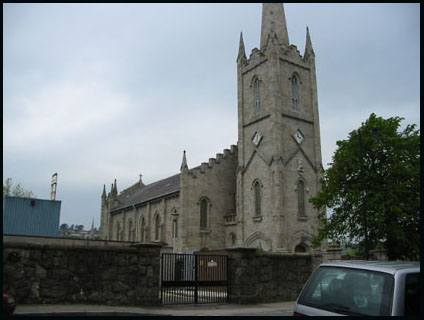 |
|
|||
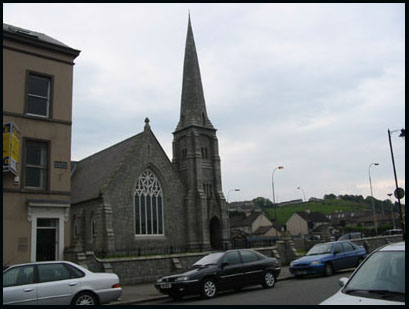 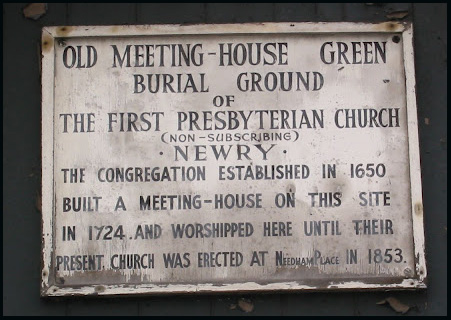 |
|
|||||
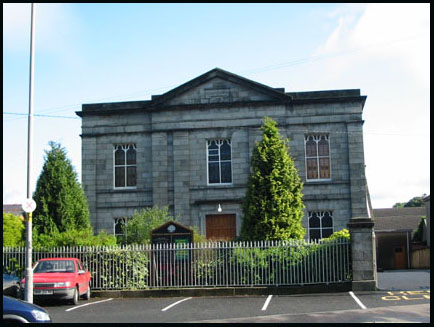 |
|
||||
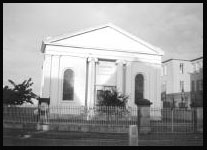 |
|
||||
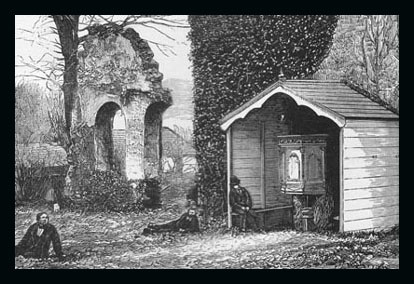 |
|
||||
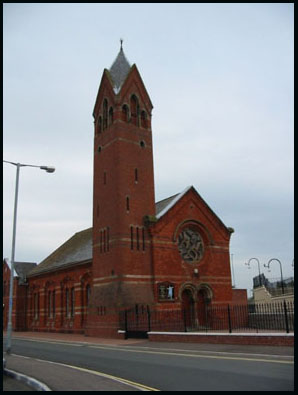 |
|
||||
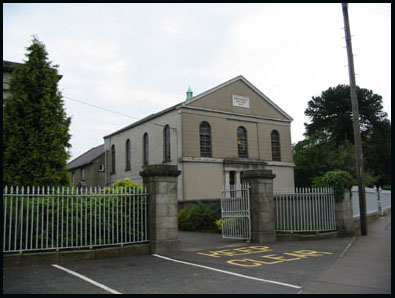 |
|
||||
St. Mary's Catholic Church
in Chapel Street Upper , Newry - on the hill near the Warrenpoint Road
and overlooking the canal
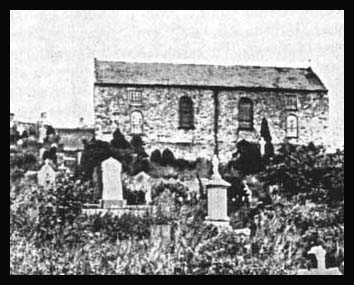 |
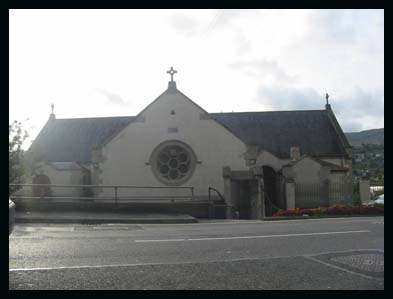
|
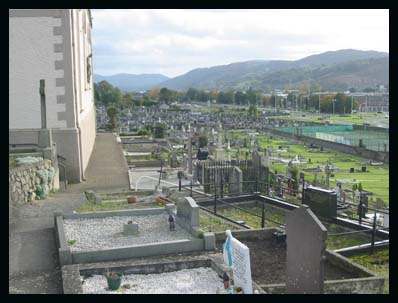 |
|
This is the oldest Catholic chapel in Newry. A plain mass house was built here c. 1730 then replaced in 1789 by this bigger church, at a cost of £1,800 which was raised by public subscription. The plaque on the front on the church (middle photo) states 1790. The curate in 1824 was Rev. Peter Murphy. It was described in 1836 a plain, granite building. Services were conducted by the priests from the Cathedral in 188... It was renovated 1950s. Graveyard still used . graveyard attached, gravestone inscriptions UHF Vol 21; email me for a gravestone look-up |
||
|
References;V3 p 61, 68, 69, 83 OSM; GIC; POD; OFN p xiv; DDPP p3,4,10,12 |
||
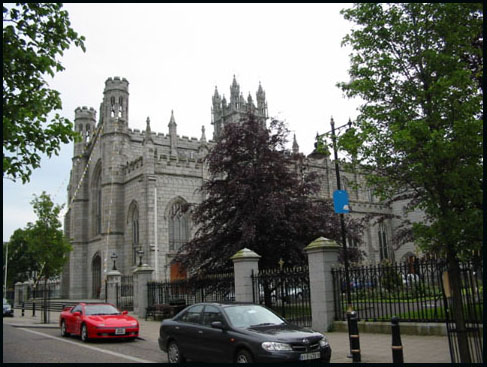 |
|
||||
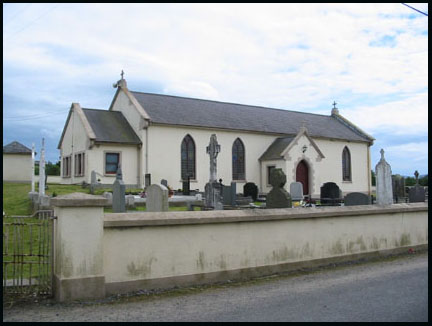 |
|
||||
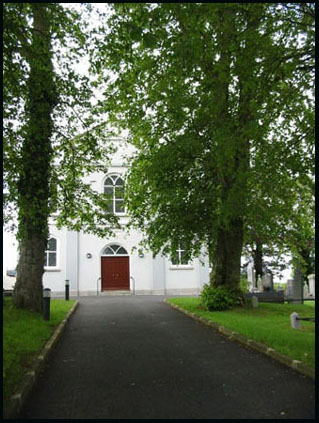 |
|
||||
by Ros Davies
